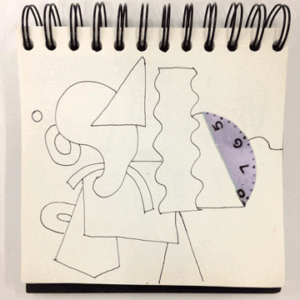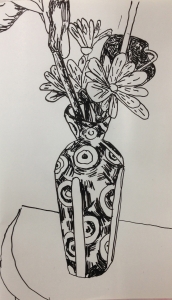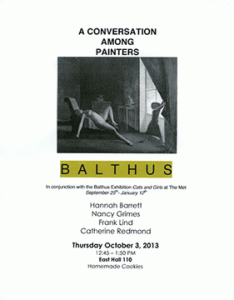Updating all the softwares on the computer and the peripherals — my scanner is out of luck and won’t function until someone writes the appropriate code — is a reminder about the necessity of staying current, the threat that hangs over all aspects of contemporary life.
There’s the good news — see The Proactive Artist, Ryan Lammie — and then if you read this opinion from The New York Times, Slaves of the Internet, Unite! by Tim Kreider, you get a sense of the more difficult environment in which artists are trying to thrive. It is exaggerated with the advance in connectivity and its demands.
Staying Current as a condition, however, is based on a false premise which haunts most of us beyond our iPhone updates. Fashion is built on it as is cable news. It is a special burden on the creative person who needs time to develop and hear his voice. Unfortunately, fearful academics are virulent broadcasters of this condition. To salve their own doubts, I suppose, they foist their fears on the innocents they teach.
It is a destructive tactic in art education. Rather than honor a creative need and the time it takes, the anxious academic, beams out anxiety like left-over gravy on everything. “Is this contemporary?” he asks the bewildered student who can barely manage a brush. It is much easier to create anxiety than to offer positive suggestions of hope for maintaining a creative center and the long journey toward competency and self-expression. Any time an artist is out of touch with his own deep studio practice, staying current means something akin to doing everything and valuing nothing.




Recent Comments